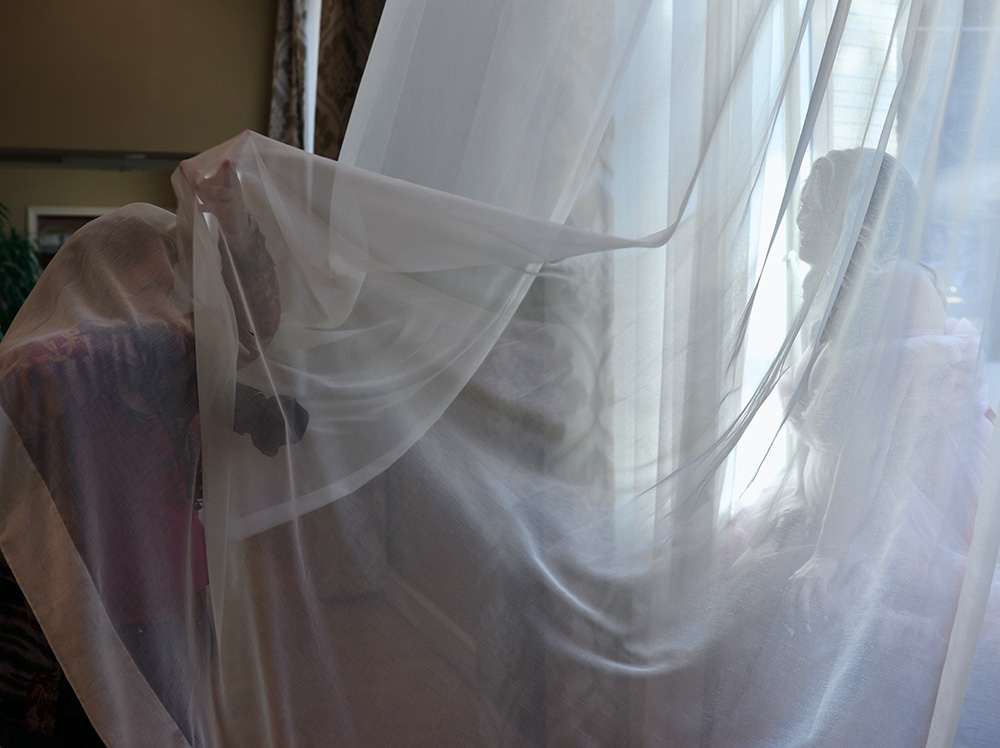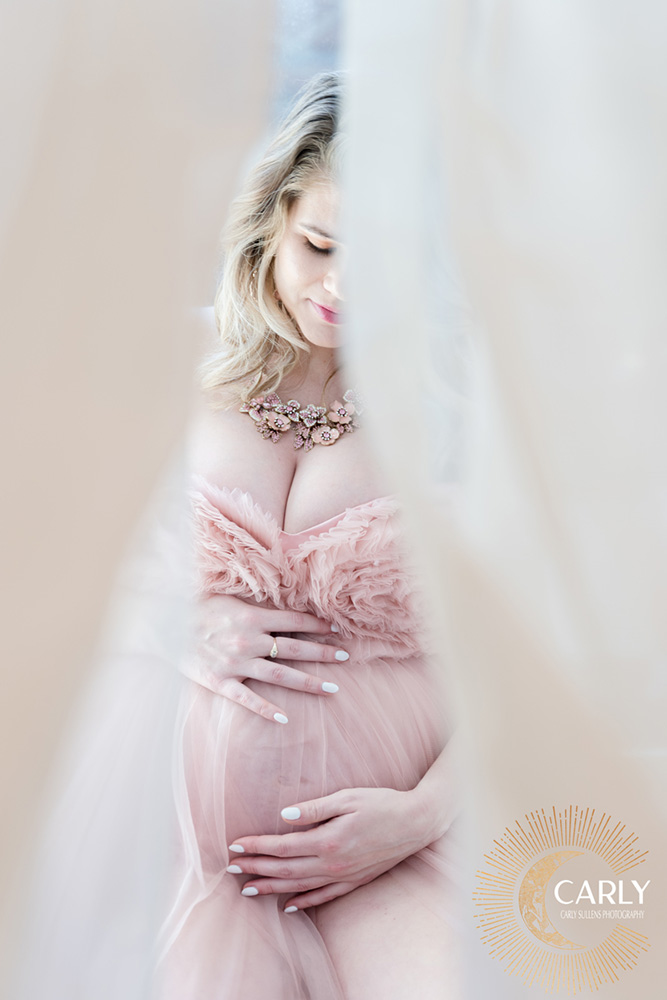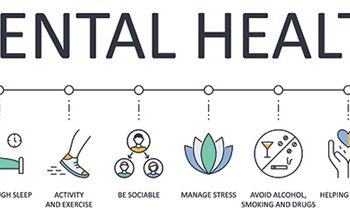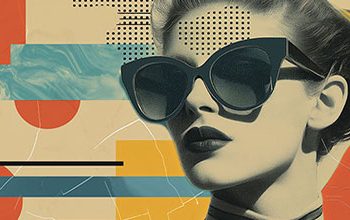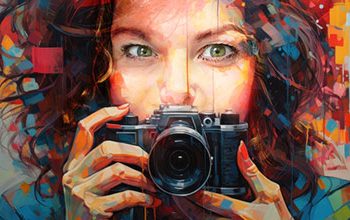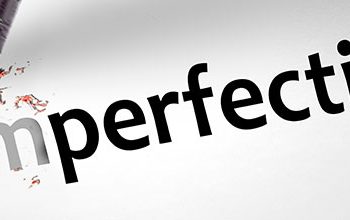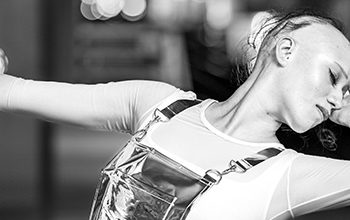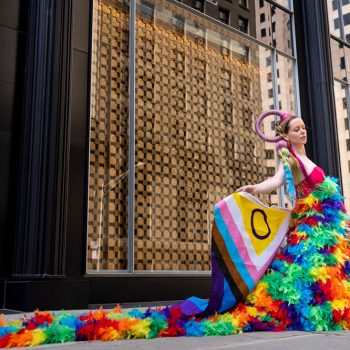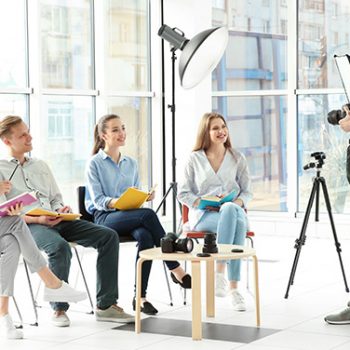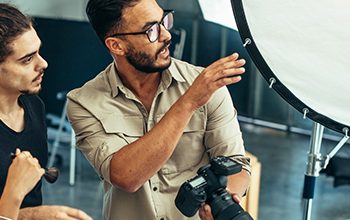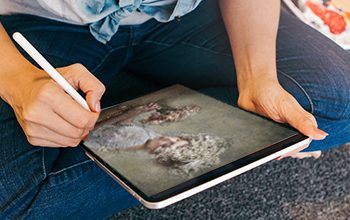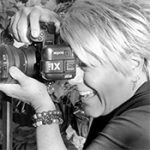The term ‘psychogeography’ was invented by the French writer, poet, and philosopher Guy Debord in 1957. He defined it as the study of an environment’s specific effects on individuals’ emotions and actions. It is the intersection of psychology and geography. In other words, psychogeography is about how we feel and act when we are in environmental spaces.
As a photographer, learning about psychogeography can help you become more aware of your environment and its full structural potential in your photography. By exploring spaces with awareness of your emotions, you’ll gain new perspectives on your surroundings and see things differently than you usually would, leading to more interesting photographs.
We all have psychological experiences when we walk into an environment. The more you are aware of this effect, the easier it will be for you to convey feelings through your photographs to others. Using psychogeography methodology to understand how space affects you and how you and your subject matter relate to the environment will propel you to see and create in new evocative ways, bringing strong memories or feelings to your images.
Photography can be a bridge for the most legitimate and beautiful exchanges. Our memories, our fears, our joys, our deficiencies, our strengths, and our experiences make us unique. They are essential to fold within our creativity because we do not copy from others what is innately ours.
Instead of having a direct vision or end image in mind, psychogeography photography is about organically finding the nuances and crevasses in the space without an agenda and being aware of how this space influences what you see, feel, and experience. It is about allowing yourself to find the undiscovered point of view by creating your own path through your emotional connection to the space.
How to Implement Psychogeography with Photography
This exercise will help you experience how space affects you and how you affect space.
First, slow down. Start relating to space slowly, let yourself slowly drift into the space, and see what happens. The goal is to deconstruct the pieces of the habitat that make up multi stimuli we perceive as a whole. Breathe and get lost inside the space. Observe and explore how children do and give way to the wander.
Let yourself roam in all directions freely, on the ground, above, and to the side, like a stranger or a person from distant lands who comes to this space for the first time. Notice the un-notice.
What connections do you make with the objects? What meanings come to mind? What feelings are evoked? What new micro-landscapes are formed?
The more you manage to take your time and observe, the more you will be able to expand your thinking and what you are ultimately seeing. This practice takes time and courage to develop. It is a practice of wandering in space.
When something connects with you, observe it first, then photograph it. Then explore how you can relate to this object in a whole new way by changing your perspective. Try to find an emotional connection to the subject matter and the environment than simply taking pictures of what you see.
Psychogeography photography is about experiencing your environment on a deeper level than usual. There is a specific art and sense of creativity when finding something hidden within your environment. Being fully invested and attuned to your environment while allowing thoughts, memories, and emotions to be evoked will begin to reveal marginalized aspects of the environment you may have overlooked. Psychogeography photography is the art of getting lost in the familiar to discover uncharted spaces, light, and shadows to make more impactful and truthful photography.
